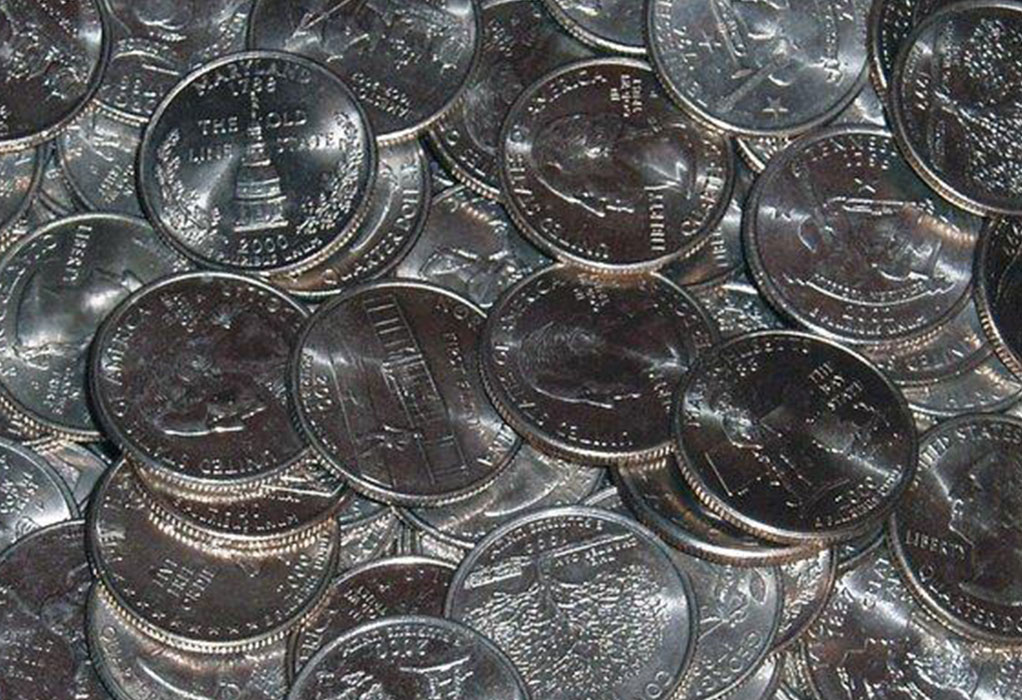The usage of precious metals in trade has a history of over 4000 years. All through history, precious metals such as gold, silver, etc. have been regarded as a form of money. Specifically, with the end of the silver standard, silver coins have been stopped from circulation in several countries. However, investing in silver in various forms is still seen as a way to store value by people from across the globe and as a hedge against inflation. It may in other terms, be called as an investment. Hence, mint bullion and collector coins bearing nominal face values are available in some countries. The main demand has been for industrial applications with about 40% of total silver consumption back in the 1990s; today investing in silver has grown into multi-fold reserves.
Typically, investing in silver is either in the form of the physical metal or through a purchase of financial security that moves with the price of silver. Let us now discuss each of these silver investment options in detail.
- Investing in silver in the physical metal form : Physical metal can be bought in the form of jewelry, bullion bars, and coins.
- Jewellery : Although people buy silver jewelry, these are more common as fashion statements and as less popular forms of investment. The resale value of the metal in this form may be minus the cost of jewelry making charges, wastages, and any losses owing to the oxidation property of the metal.
Bullion bars : These are flat, rectangular-shaped bars made of silver that can be bought at major banks or bullion dealers and are considered to be ideal for storage. These are made of (nearly) pure silver and are normally traded at a premium slightly above the prevailing market value for silver. These bars can be stored either in a home safe, a safe deposit box at a bank or placed in non-fungible or fungible/pooled storage spaces with a bank or a dealer. A prefix of “XAG” along with the country’s currency code is used for silver trade in the spot market. For example, the code is “XAGUSD” if the silver trade is settled in United States Dollars. Silver bullion bars come in various sizes ranging from 1000 oz. troy bars to 1 oz. troy bars that are considered good to be traded on COMEX and LBMA. Also, there are odd weight retail bars that are relatively cheaper. These bars are most common as there no extra work involved to calculate their value and lesser risk involved in trading due to the lack of a good brand name. Bullion coins : Millions of silver coins like Canadian Silver Maple Leaf (99.99% pure), American Silver Eagle (99.93% pure), or junk silver (90% pure) are purchased as investments each year across the globe. Although gold and silver have lost their role as legal tender in all developed countries today, there are silver coins used as legal tender and to pay off debts by smaller nations. For example, in the state of Utah. The Silver Maple Leaf is valued at $5 per ounce for legal tender along with many other silver coins with higher legal tender values. The $20 Canadian silver coins are one such high-value legal tenders. In a few countries, investing in silver in the form of bullion bars that can be can be bought or sold over the counter at major banks. Example, Switzerland, and Liechtenstein. Collectible coins : These mints are least preferred as an investment and are mostly preferred by collectible enthusiasts. The value of these coins keeps rising and falling based on factors like demand, supply, rarity, and the numismatic value of the coin. It has less to do with the purity of silver. Exchange-traded products : A silver certificate of ownership will be issued to investors instead of having to store actual silver bullion. These silver certificates allow investors to buy and sell the security without the difficulties associated with the transfer of physical silver. This provides quick and easy access to an investor to the silver price without having to go through the inconvenience of storing physical bars. Silver ETPs include iShares Silver Trust (NYSE Arca: SLV), ETFS Physical Silver (LSE: PHAG), ETFS Silver Trust (NYSE Arca: SIVR), Sprott Physical Silver Trust (NYSE Arca: PSLV, TSX: PHS.U), etc. Accounts : Several banks, especially the Swiss accounts, offer accounts where silver can be bought or sold across the counter like any foreign currency. The customer can claim against the bank for a certain quantity of silver without having to own the metal physically. Silver is offered as an alternative to gold by several digital gold currency providers and internet bullion exchanges. Derivatives, CFDs and spread betting are used currently for trade on various exchanges around the world. Some key things to remember before investing in silver are as follows:
- Silver is affordable compared to several precious metals. This allows investors to accumulate more silver than other metals, dollar for dollar.
- The gold-to-silver ratio is a commonly used metric for valuing silver in terms of gold.
- The price of silver is more volatile than that of gold in a bull market.
- The market for silver trade in its physical form is small compared to its ‘paper’ form globally.
Disclaimer:The content provided on our blog site traverses numerous categories, offering readers valuable and practical information. Readers can use the editorial team’s research and data to gain more insights into their topics of interest. However, they are requested not to treat the articles as conclusive. The website team cannot be held responsible for differences in data or inaccuracies found across other platforms. Please also note that the site might also miss out on various schemes and offers available that the readers may find more beneficial than the ones we cover.


